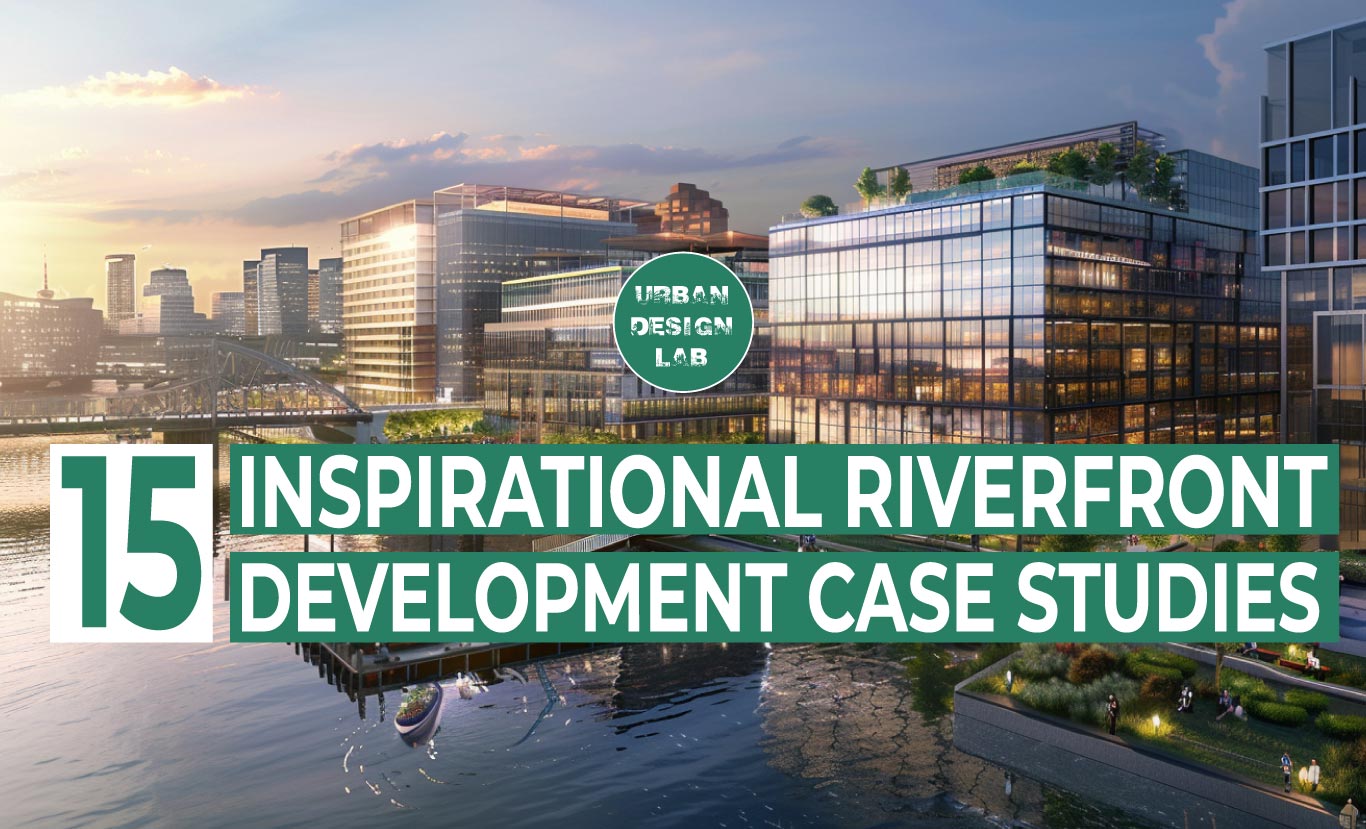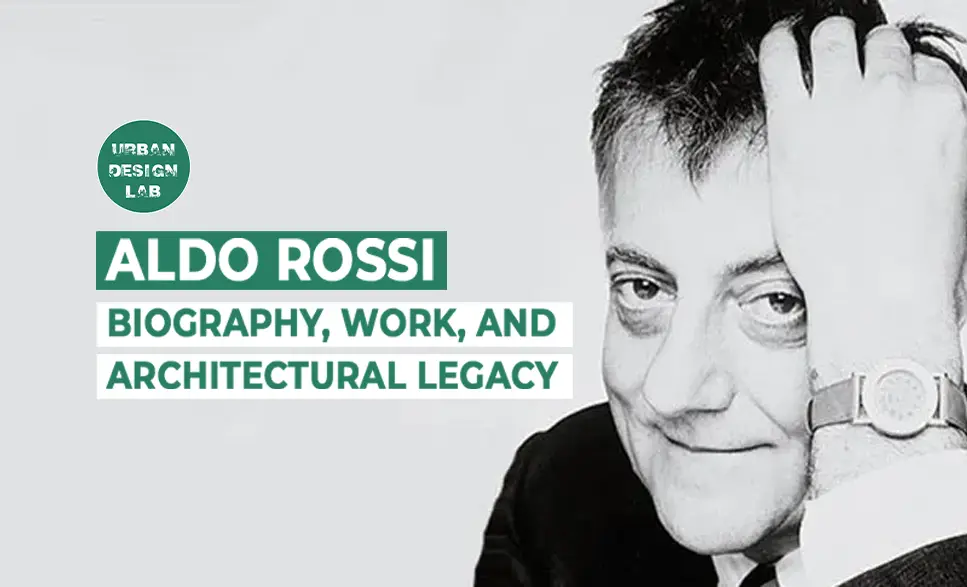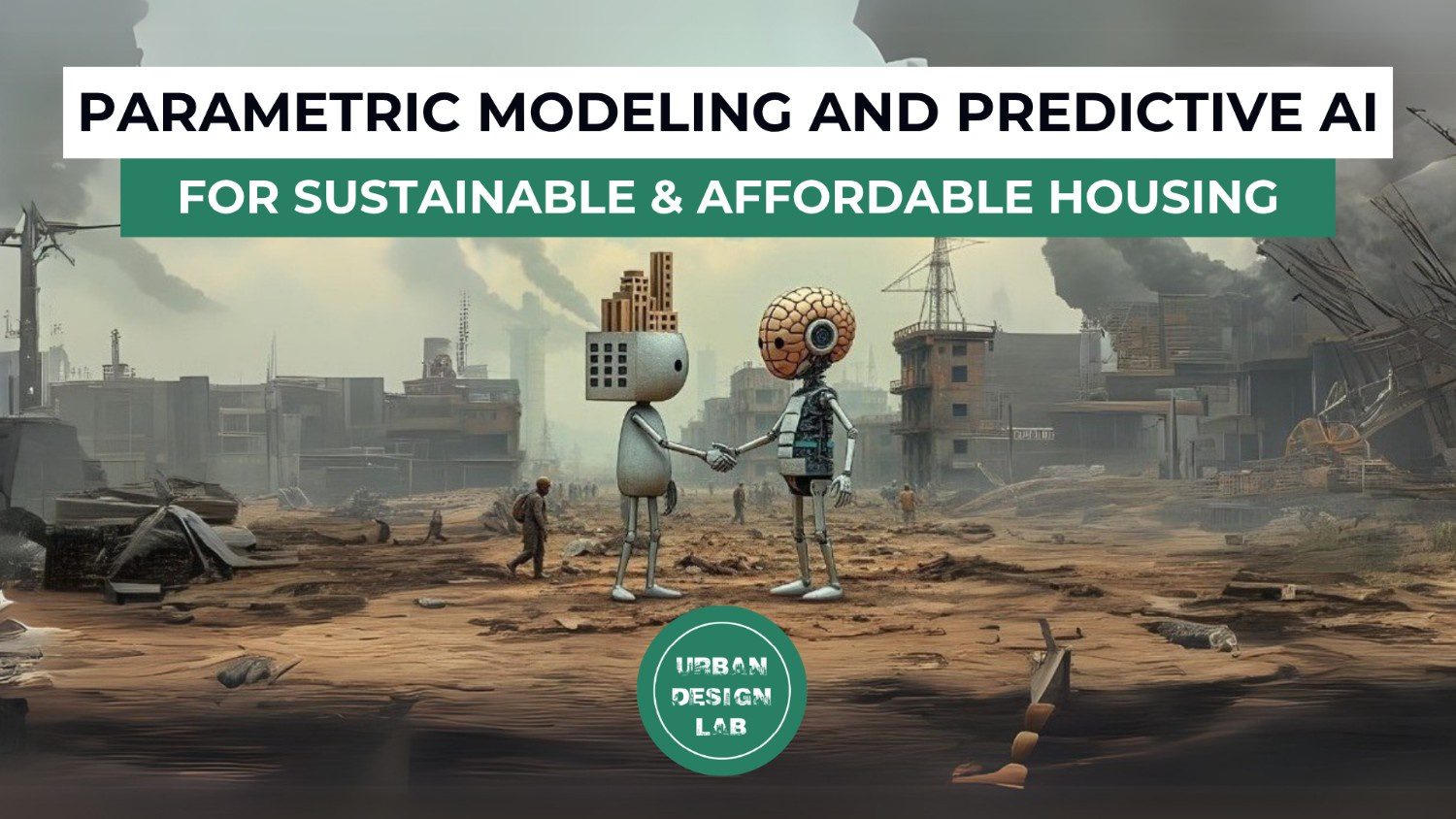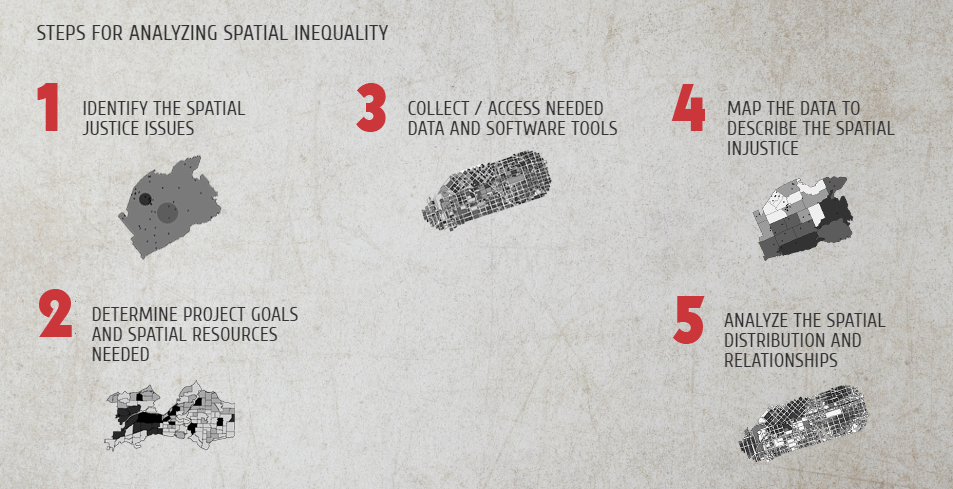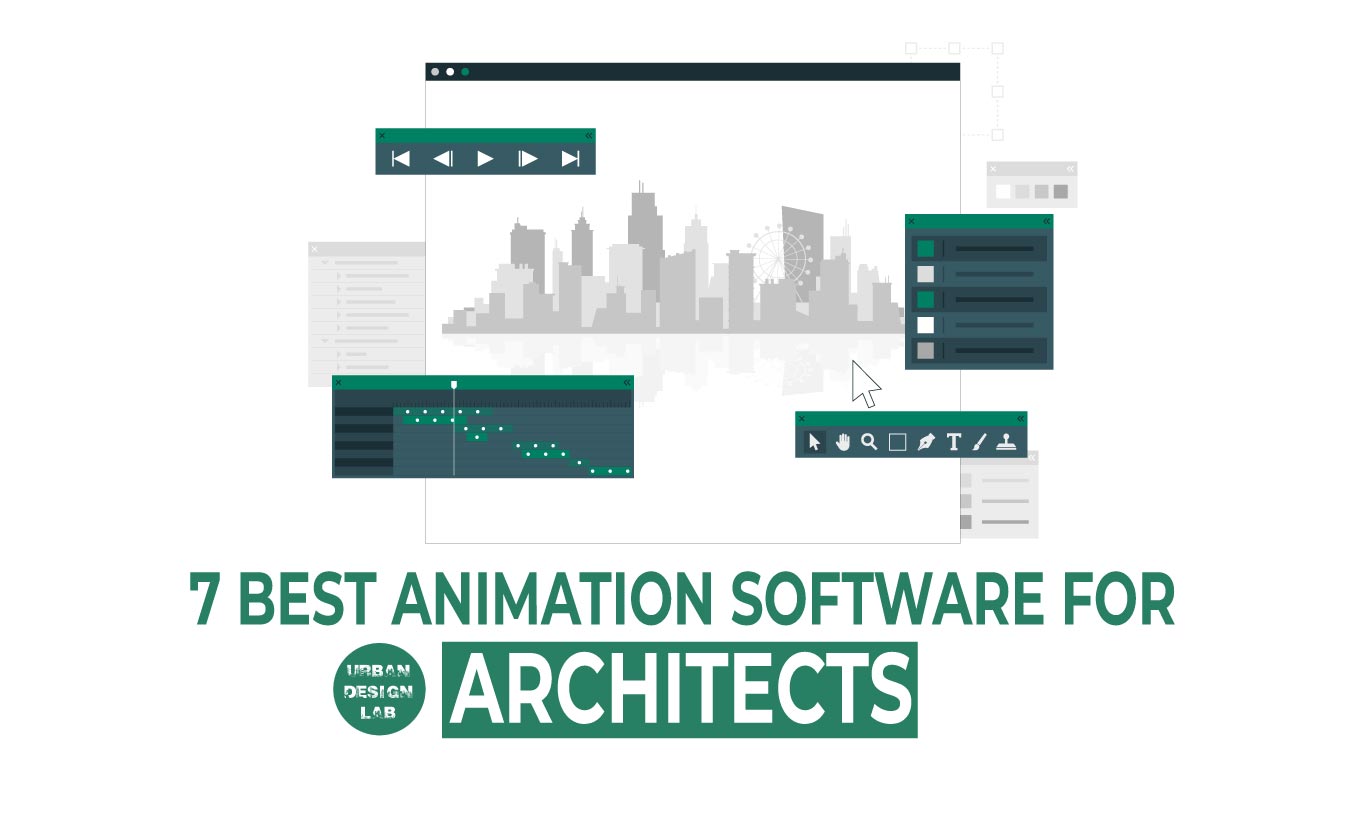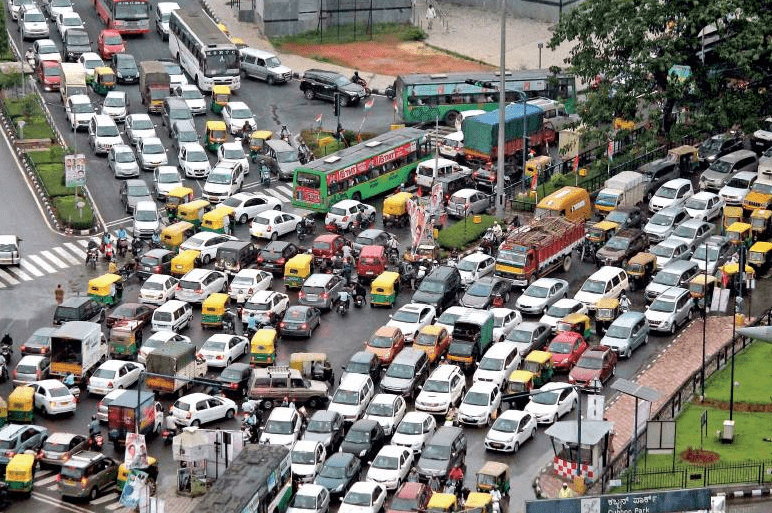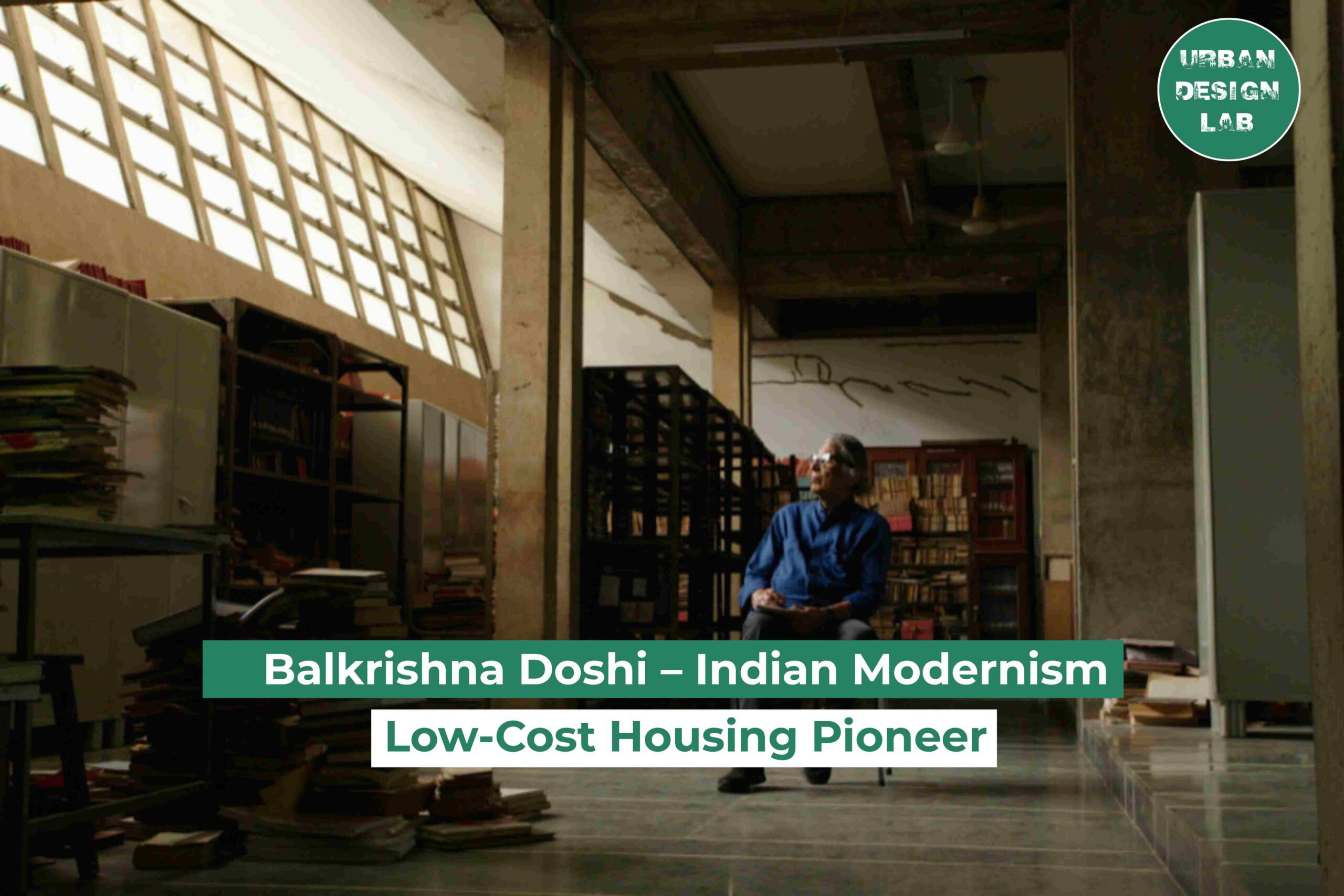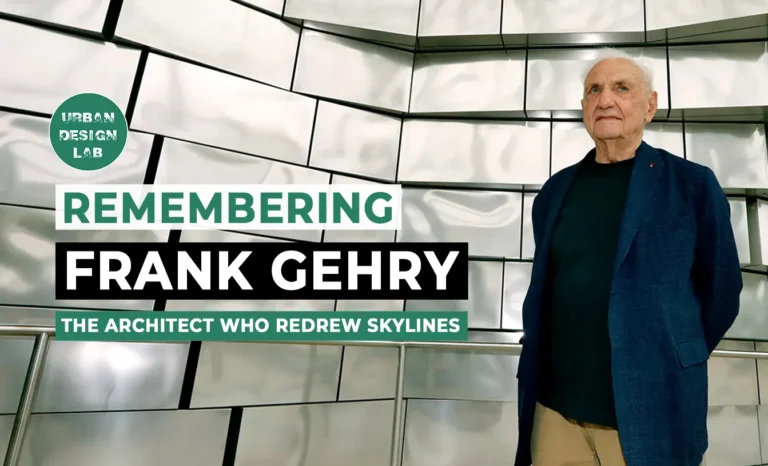
Civic Space Park, Phoenix: Sustainable Urban Oasis with Public Art and Green Design
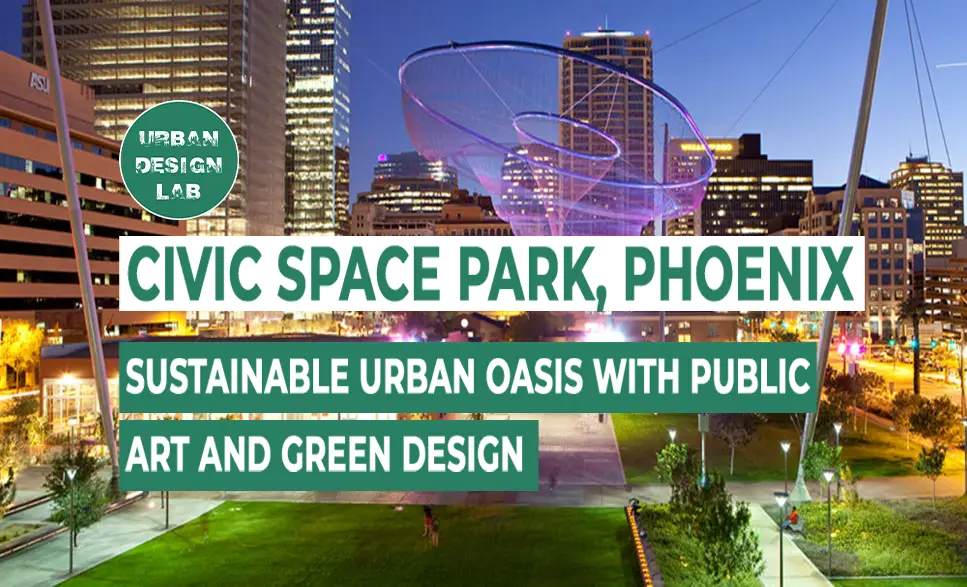
A Green Oasis in the Heart of Phoenix Civic Space Park in downtown Phoenix exemplifies sustainable urban design, merging modern engineering with environmental stewardship. Situated near Arizona State University’s downtown campus, this 2.5-acre park addresses the critical need for green spaces in urban environments. The park’s design focuses on mitigating extreme temperatures, a common challenge in Phoenix, by integrating extensive shade structures, permeable surfaces, and renewable energy solutions.
Harnessing Solar Energy: Powering the Future
The park’s solar panels, installed on shade structures, generate 75 kilowatts of power, sufficient to meet the park’s lighting and electrical needs. This initiative not only reduces reliance on non-renewable energy but also sets a precedent for integrating renewable energy in public spaces. The use of solar energy demonstrates a commitment to sustainability and serves as an educational tool for the community.
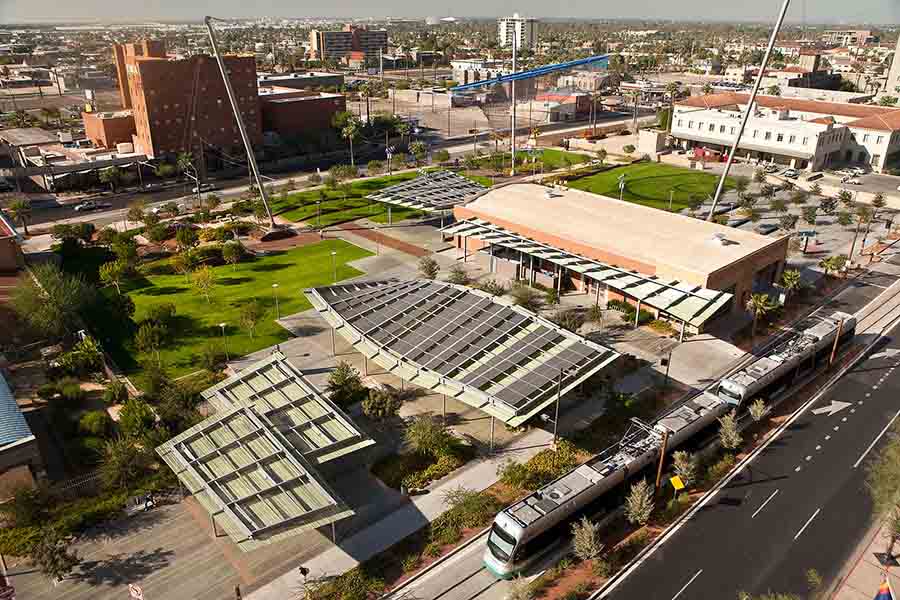
Shading the Urban Heat Island: Cooling Strategies
Once the trees and vegetation in Civic Space Park fully mature, over 70% of its surface area will be shaded. This extensive canopy, along with shaded structures, will notably lower surface temperatures, offering relief from Phoenix’s intense summer heat. By mitigating heat absorption in the pavement and surrounding materials, the park will act as a natural cooler for the urban environment. The deliberate integration of shade not only curbs the urban heat island effect but also fosters a more inviting and usable public space year-round. This thoughtful design enhances the park’s sustainability and comfort for residents and visitors alike.
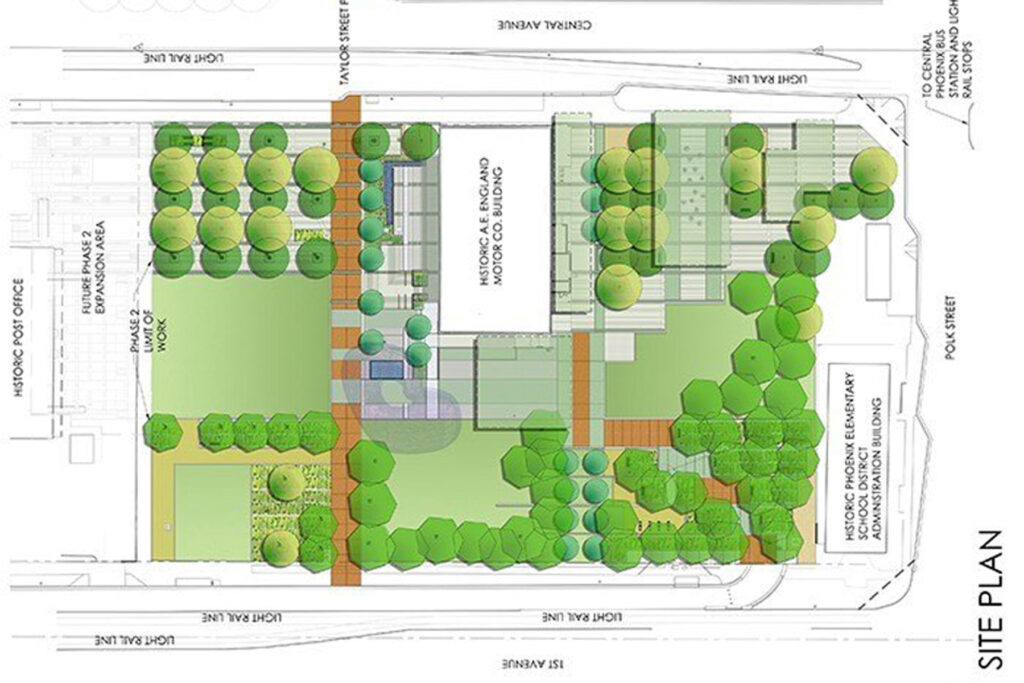
Source: Website Link
Pervious Surfaces: Reducing Stormwater Runoff
The park incorporates hard surfaces made from pervious concrete and pavers, allowing rainwater to filter through and significantly reduce stormwater runoff, mitigating flood risks. This thoughtful design lessens the strain on the city’s drainage infrastructure while aiding in groundwater replenishment—crucial for Phoenix’s desert environment. By absorbing rainwater, the materials help sustain the local water table and promote long-term ecological balance. The use of these surfaces also reduces heat buildup, making the space more comfortable for visitors while furthering the park’s sustainable mission.

Tree-Friendly Infrastructure: Supporting Urban Forestry
The trees at Civic Space Park are planted using a specialized system that incorporates grates and engineered soils, designed to safeguard the roots while giving them room to grow. This method ensures the trees’ longevity, vital for offering shade, capturing carbon, and improving the park’s visual landscape. The system also helps manage soil compaction, promotes healthier tree growth, and contributes to the park’s cooling effect, making it an integral part of the overall green design.
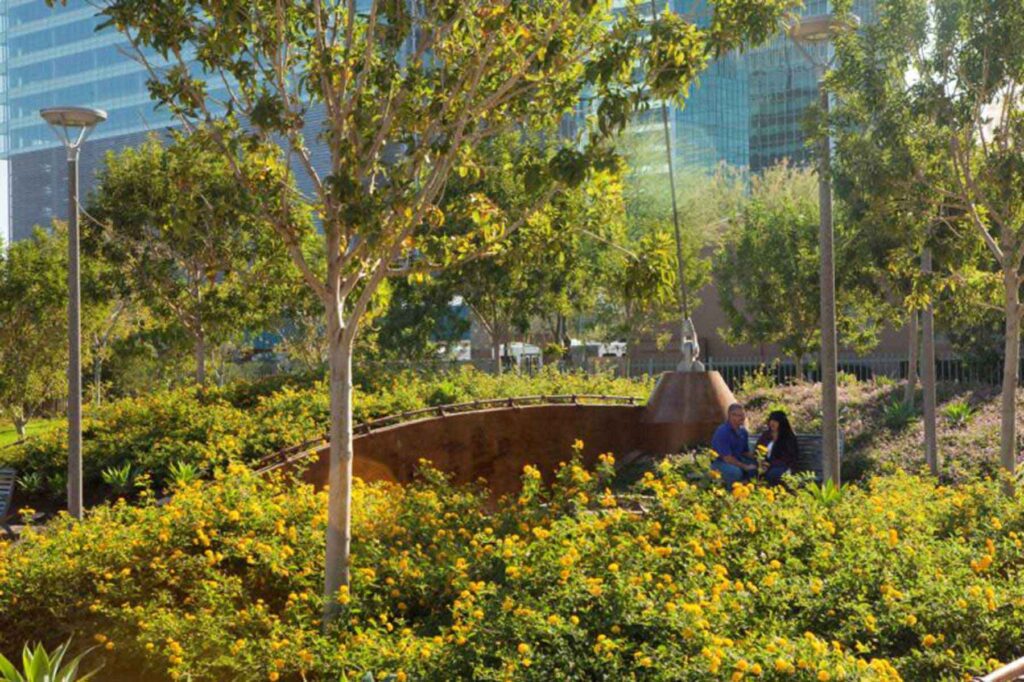
Promoting Sustainable Mobility: Accessible Public Transit
The park’s proximity to light rail and bus transit stations encourages visitors to use mass transit, reducing the need for parking and promoting sustainable urban mobility. By prioritizing pedestrian access, the park fosters a walkable urban environment, which is essential for reducing carbon emissions and enhancing public health.
Integrating Art and Sustainability: A Landmark Public Sculpture
At the center of Civic Space Park lies a striking public sculpture by Janet Echelman, acting as both a visual focal point and a testament to the park’s dedication to merging art with sustainability. This captivating piece, which engages with wind and light, represents the vibrant interplay between the natural world and urban existence. Its fluid design enhances the park’s aesthetic while encouraging visitors to contemplate their connection to the environment, fostering a deeper appreciation for both art and nature in the urban landscape. The sculpture’s movement adds a dynamic element, inviting passersby to experience the piece from different angles and perspectives. Furthermore, its integration into the park encourages community gatherings and events, reinforcing the park’s role as a cultural hub in Phoenix. By weaving art into the fabric of urban life, the sculpture not only beautifies the space but also enriches the overall experience for all who visit.
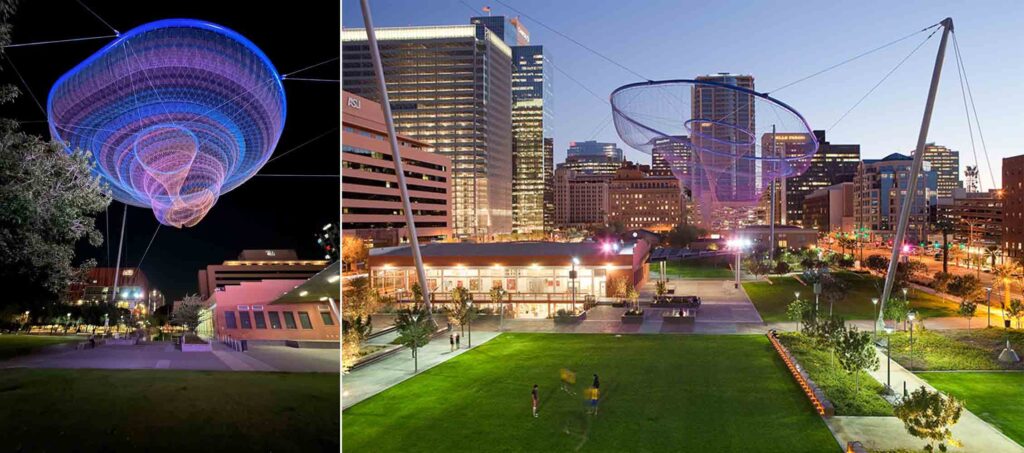
Event Space and Community Engagement: A Hub for Activities
Civic Space Park hosts approximately 43 free public events each year, encompassing a diverse range of activities from movie screenings and concerts to art exhibitions and yoga sessions. These events actively promote community engagement and play a vital role in keeping the park a lively and welcoming environment for both residents and visitors. By offering a variety of programming, the park encourages social interaction and fosters a sense of belonging among attendees. The events not only enhance the cultural landscape of the area but also provide opportunities for creativity and wellness, making Civic Space Park a central gathering place that strengthens community ties and enriches urban life.
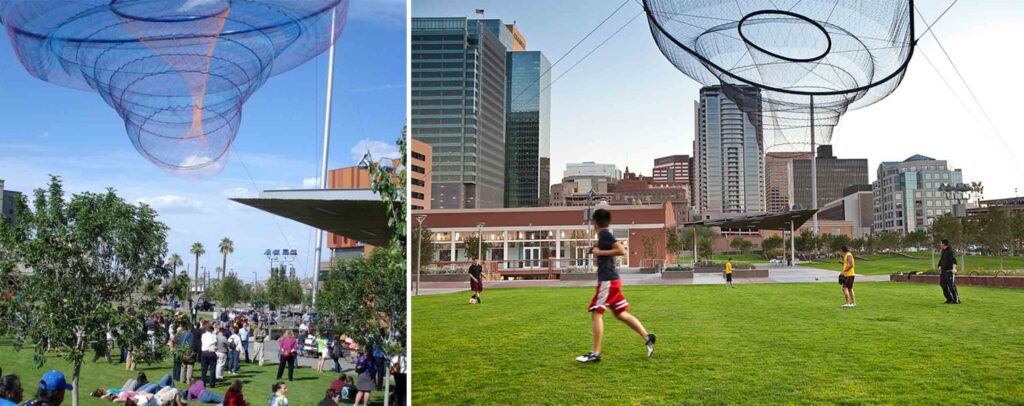
Performance Benefits: Environmental and Social Impact
The park’s design results in measurable environmental benefits, such as reducing air temperatures by an average of 1.8°F compared to typical urban landscapes. Socially, the park attracts over 500 visitors on a typical summer weekday morning, with a significant percentage participating in optional and social activities, highlighting its role as a key public space in Phoenix.
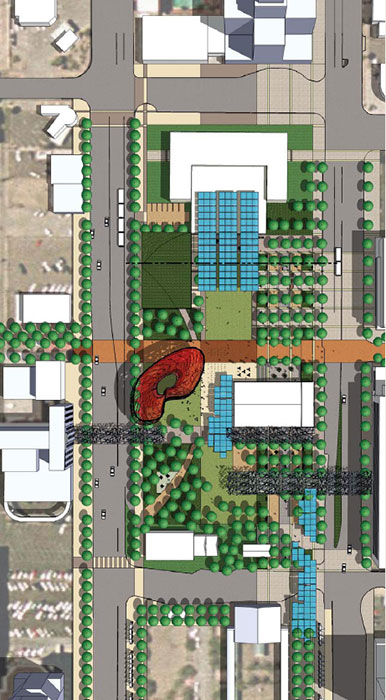
Challenges and Innovations: Balancing Green and Urban
While Civic Space Park successfully integrates many sustainable features, it also faces challenges, such as maintaining extensive turf areas in an arid climate. The park’s design reflects a careful balance between creating a green urban oasis and addressing the practicalities of water conservation and urban heat management.
Future Directions: A Blueprint for Urban Parks
Civic Space Park serves as a blueprint for future urban parks, demonstrating how sustainability can be seamlessly integrated into public spaces. The park’s success underscores the importance of innovative design in creating resilient, livable cities, particularly in regions facing environmental challenges like Phoenix.

Conclusion
Civic Space Park transcends the notion of a mere green space; it embodies Phoenix’s dedication to sustainable urban development. By incorporating energy-efficient technologies, encouraging sustainable transportation, and offering a refreshing retreat in the city’s core, the park establishes a new benchmark for urban parks. As cities globally face the pressures of climate change and urbanization, Civic Space Park provides crucial insights into creating environments that are both functional and environmentally conscious, while also fostering social inclusion.
- Urban Revitalization: Civic Space Park serves as a transformative green space in downtown Phoenix, enhancing urban living through sustainable design and public art.
- Sustainability Focus: The park incorporates eco-friendly features, including drought-resistant landscaping and efficient water management systems, promoting environmental sustainability.
- Cultural Enrichment: Public art installations throughout the park foster community engagement and reflect the diverse cultural identity of Phoenix.
- Community Gathering Space: Designed as a vibrant social hub, the park provides amenities for recreation, events, and relaxation, encouraging community interaction.
- Innovative Design: The project integrates cutting-edge design principles with natural elements, creating a harmonious balance between urban architecture and the surrounding environment.
References
https://americas.uli.org/civic-space-park-uli-americas-awards-for-excellence/
https://www.digstudio.com/portfolio_page/civic-space-park/
Phoenix Downtown Civic Space by AECOM
https://www.yelp.com/biz/civic-space-park-phoenix
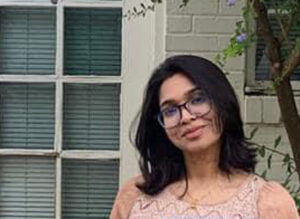
Tasnia Tabassum Shamma
About the Author
Tasnia Tabassum Shamma is an architecture graduate currently pursuing a Master’s in Urban Design at Arizona State University. With experience in construction coordination, she has contributed to LEED-certified projects promoting sustainable development. She has also worked with the visual communication team for the World Bank’s Urban and Coastal Resilience project. She focuses on climate change, built environments, heat mitigation, and urban ecology. Her Study aims to optimize urban design and energy networks for efficient renewable energy use. She seeks to enhance energy stability and contribute to self-sustaining cities.
Related articles

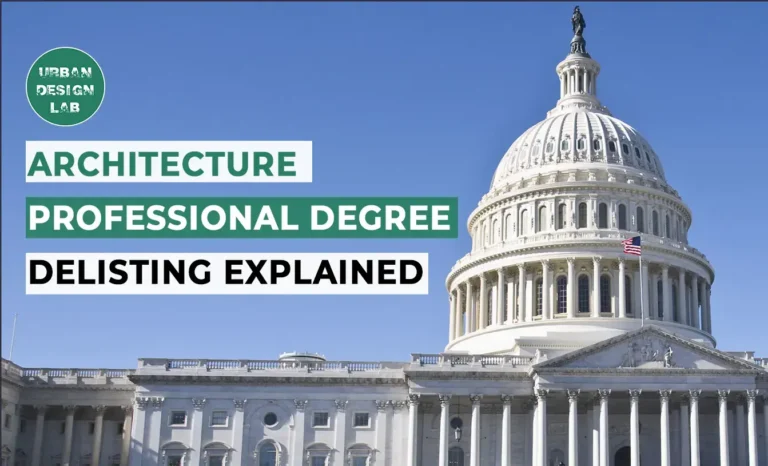
Architecture Professional Degree Delisting: Explained
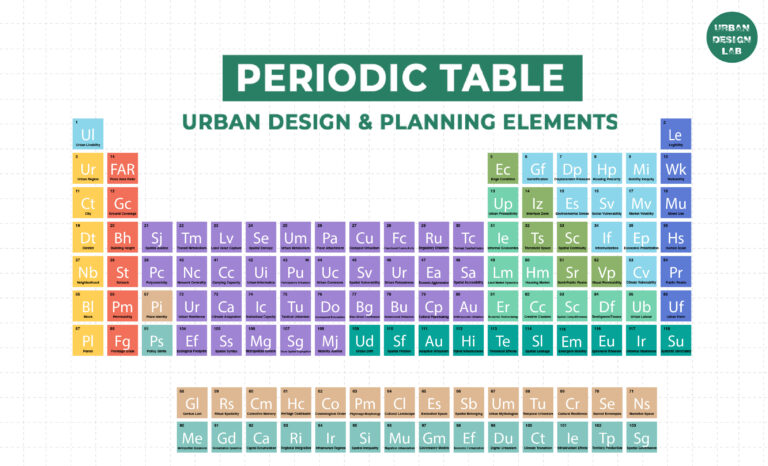
Periodic Table for Urban Design and Planning Elements
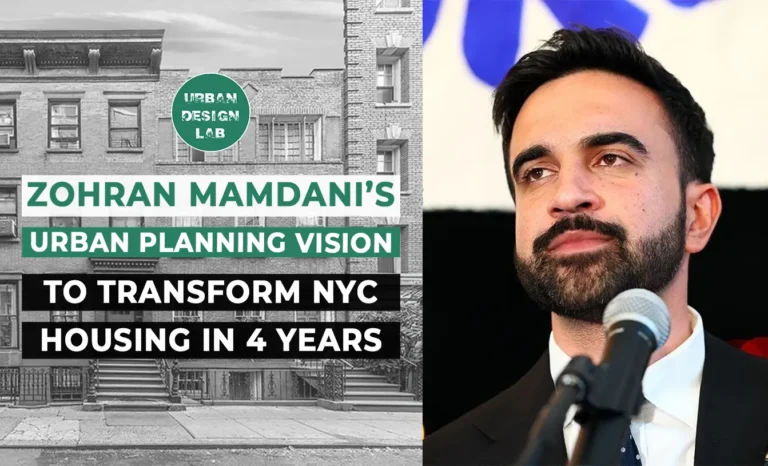
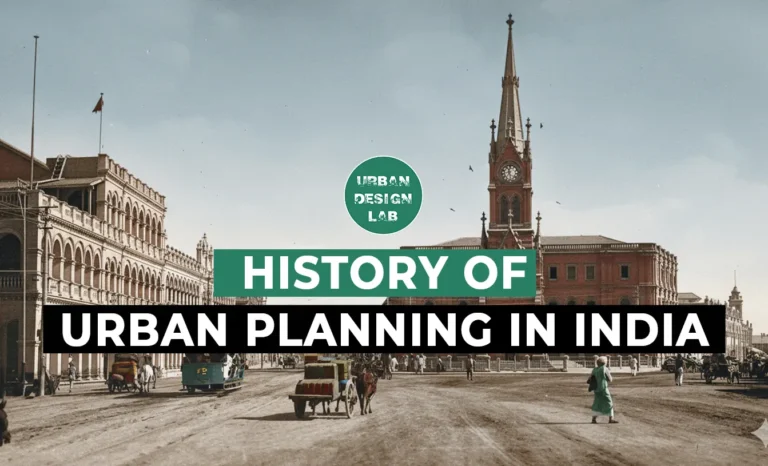
History of Urban Planning in India
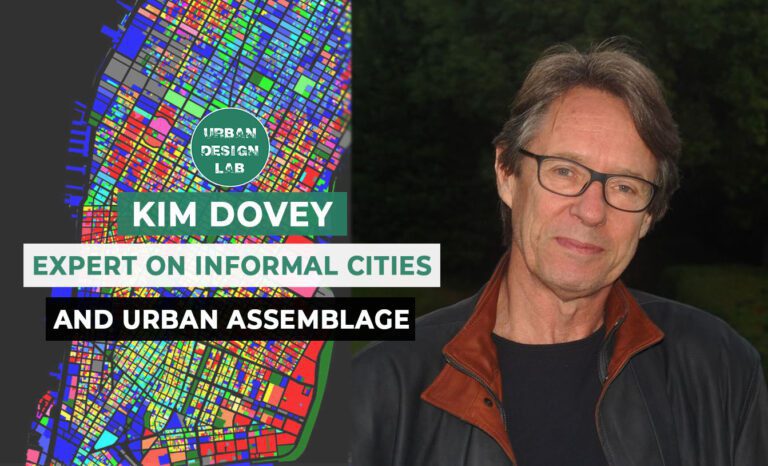
Kim Dovey: Leading Theories on Informal Cities and Urban Assemblage
UDL GIS
Masterclass
GIS Made Easy – Learn to Map, Analyse, and Transform Urban Futures
Session Dates
23rd-27th February 2026

Urban Design Lab
Be the part of our Network
Stay updated on workshops, design tools, and calls for collaboration
Curating the best graduate thesis project globally!

Free E-Book
From thesis to Portfolio
A Guide to Convert Academic Work into a Professional Portfolio”
Recent Posts
- Article Posted:
- Article Posted:
- Article Posted:
- Article Posted:
- Article Posted:
- Article Posted:
- Article Posted:
- Article Posted:
- Article Posted:
- Article Posted:
- Article Posted:
- Article Posted:
- Article Posted:
Sign up for our Newsletter
“Let’s explore the new avenues of Urban environment together “

























